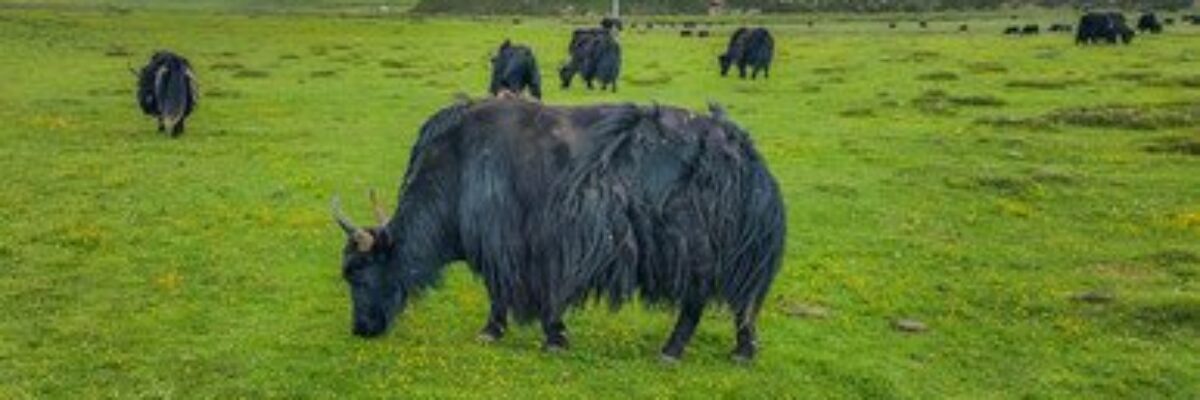Categories
Recent Posts
- Do these 7 things in spring pig breeding to reduce the number of pigs getting sick!
- Five ways to save money raising sheep!
- How to treat piglets without food? How do piglets lose weight without eating?
- In spring, the incidence of rumen food accumulation in cattle is high, pay attention to strengthen prevention and control!
- How to treat the fecal water of pig farms? These methods are worth learning
- What are the characteristics of black nose sheep? What food does black-nosed sheep not eat?
- Six things must be done to raise cattle in spring!
- What are the symptoms of cattle anthrax? Will cattle get sick after using anthrax vaccine?
- Summer is hot! How to prevent heatstroke and reduce the temperature of dairy cows?
- What is the reason for lack of manganese in cattle? What should cattle do if they lack manganese?
What causes bovine lung disease? What is the best medicine to treat bovine lung disease?

Bovine lung disease is a contagious disease that mainly damages the lungs and pleura of cattle. Cattle, buffalo, yak, etc. mainly infringe on cattle under natural conditions.
What causes bovine lung disease?
Bovine pulmonary disease mainly affects cattle in the natural environment. Cattle of all breeds and ages can get sick, but cattle aged 3 to 7 are more vulnerable, and the incidence rate of calves is low. Worldwide, the disease can occur all year round, and the loss of cattle industry is huge. The main infectious sources of the disease are infected cattle and infected cattle mainly through respiratory tract, digestive tract and reproductive tract. The disease can occur all year round, but it is easier to break out in winter and spring. In non-epidemic areas, the disease is slow, mostly subacute or chronic, and mostly sporadic; Outbreaks often occur in non-epidemic areas.
Clinical symptoms of bovine pulmonary disease
The incubation period of this disease is mostly 2-4 weeks, ranging from 7 days to several months. Bovine lung disease can be divided into acute, subacute and chronic according to the condition of infected cattle.
- In the early stage of acute bovine disease, the body temperature will rise to 40~42 ℃, the respiration will be accelerated, the forelimbs will open, the abdomen will breathe, the nostrils will expand, the wings will flap, there will be serous or purulent nasal fluid, the visible mucosa will cyanosis, and the rumination will slow or stop. The serious cow is listless, anorexia or disuse, urine is small and yellow, neck is stretched and lying, breathing is extremely difficult, foaming at the mouth, hypothermia, and finally suffocation death. The course from obvious clinical symptoms to death is about 8 days.
- The clinical symptoms of subacute bovine pulmonary disease are the same as that of acute type, with only slight remission and long course. In the early stage of the disease, the appetite of the cattle decreased, the food intake was small, and the abdominal pain was frequent, the production performance decreased, the body temperature increased, the respiration was accelerated, and the wet short cough was often accompanied. Rumination slows or stops, digestive function disorder, common constipation or diarrhea occur alternately, constipation and diarrhea. With the prolongation of the disease period, the body temperature rises to about 41 ℃. The sick cow is depressed and has a loss of appetite. It often stretches its neck and ears, and stays still. It is often difficult to drive uphill and downhill. The case fatality rate of cattle is high, and most of them cannot be cured.
- Chronic bovine lung disease is mostly transformed from subacute bovine lung disease. The body condition of the infected cattle is gradually emaciated, often accompanied by dry cough, digestive disorders, poor appetite, body temperature fluctuates from high to low, slight heat capacity decreases, and fatigue is easy. Most of these sick cattle can recover gradually if they are fed and managed carefully; If the feeding management is extensive, it is easy to cause deterioration or even death in case of greater stress or excessive fatigue. The onset time is 3-5 weeks, and it can also occur for more than 6 months.
The best medicine to treat bovine lung disease?
Method 1:
Bulls use 1 million to 3 million units of penicillin, and calves use half of penicillin to inject intramuscularly, twice a day.
Method 2:
Use 10 sulfathiazole sodium solution to intramuscularly inject 100-150 ml of each head, twice a day.
